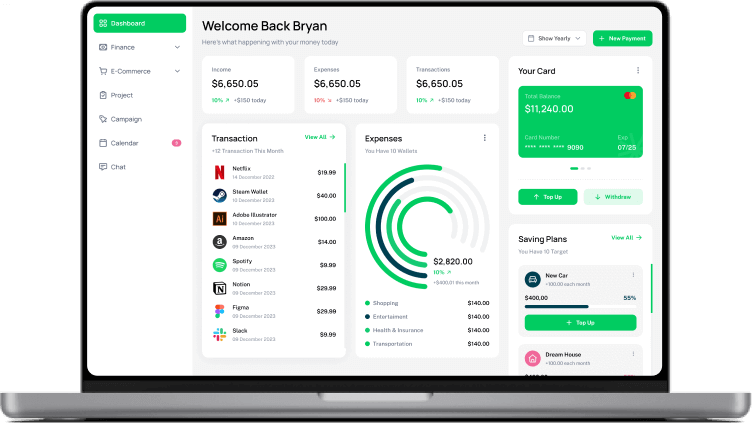Sales Performance Management (SPM)
Definition: Sales Performance Management (SPM) is an organizational approach that is strategic and focused on enhancing the efficiency and effectiveness of the sales force. SPM includes the processes of planning, training, monitoring, and appraising the salespeople so that the performance and hence revenue growth are achieved.
Detailed Explanation
The whole process of Sales Performance Management should ensure that the sales team aligns with business objectives. SPM simply enables salespeople to tap their full potentials, hence yielding better sales outcomes.
Key Features of Sales Performance Management include:
- Goal Setting: Laying down clear and measurable goals for sales teams and individuals.
- Training and Development: Regular educations and training for developing skills in sales and product knowledge.
- Performance Monitoring: Tracking of sales activities and performance vs. goals through key performance indicators (KPIs).
- Incentive Compensation: Develop remuneration packages based on performance, which might include bonuses.
- Feedback and Coaching: Continually provide feedback and coach salespeople to help them overcome their weaknesses and develop their strengths.
- Analytics and Reporting: Leverage data and sales analytics to track trends, provide sales forecasting, and make informed decisions.
Relevance to the Sales Process
- Drives Sales Growth: SPM drives sales growth and revenue through setting goals and tracking progress toward the desired goals by SPM.
- Increases Sales Efficiency: SPM tools and methodologies optimize the sales process, thus making it much more efficient while shortening the sales cycle.
- Enhanced Decision Making: SPM, through precise data and analytics, allows better decision-making and strategic planning.
- Motivation Boost: Incentive programs and explicit performance yardsticks aid sales teams to be motivated toward meeting, and if possible, surpassing, targets set for them.
- Facilitates Better Training: Targeted training programs fill the gaps in knowledge and skills, culminating in much more effective sales presentations and negotiations.
Real-World Example
The big communications company had put in a Sales Performance Management system to increase the efficiency of the sales and had come to realize the importance of targeting individual salespeople, tracking sales force performance through the use of analytics, and offering rewards for goal achievement. The result was that sales for the firm increased by 15% in just a quarter of a year, customer satisfaction was increased at the same time, and the morale of the sales team also rose high. Another instance is a software company that re-engineered its sales incentives through SPM and, by aligning personal objectives with business goals, was able to increase revenues by 20% annually and reduce employee attrition dramatically.

